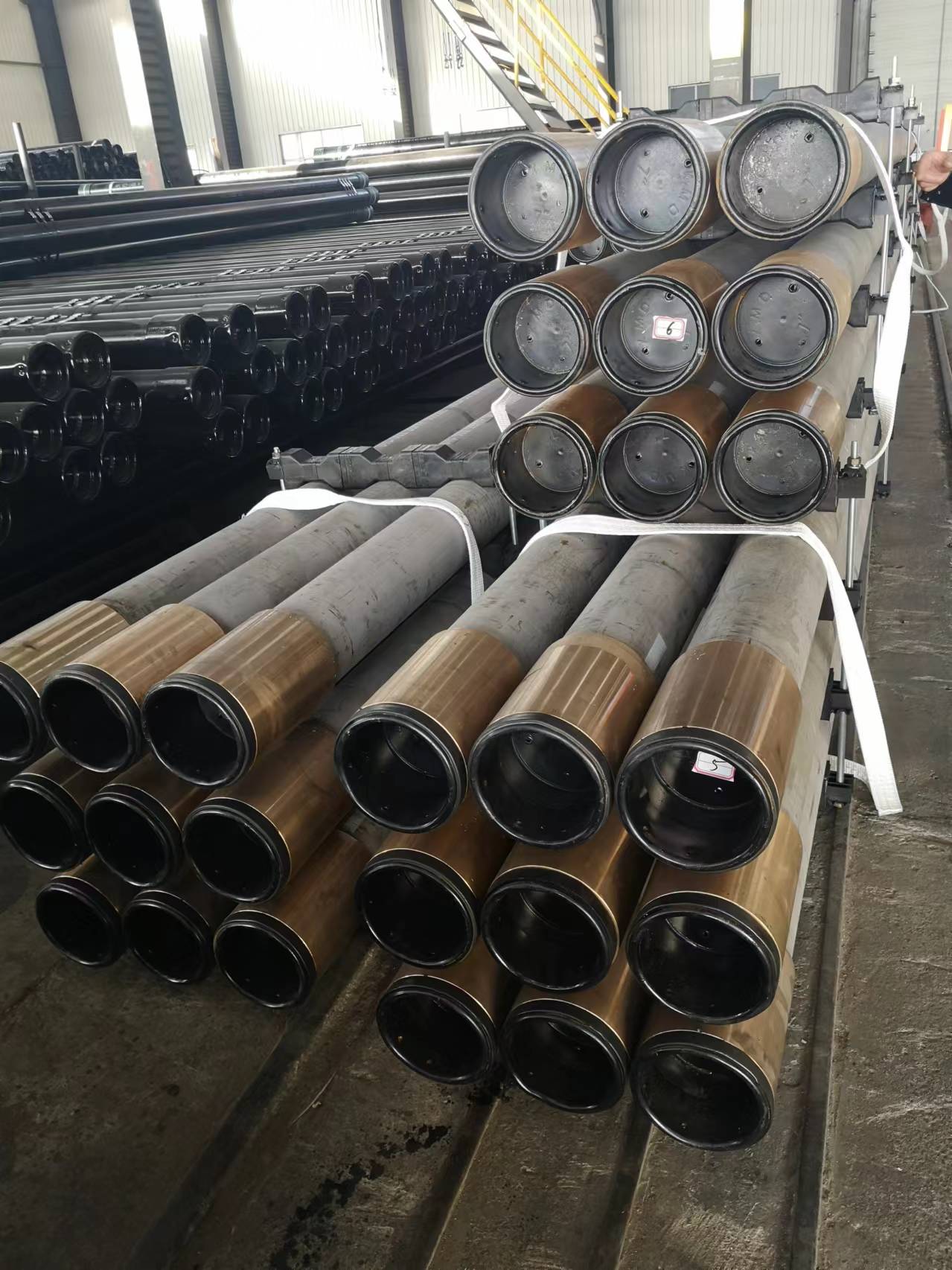- Afrikaans
- Albanian
- Amharic
- Arabic
- Armenian
- Azerbaijani
- Basque
- Belarusian
- Bengali
- Bosnian
- Bulgarian
- Catalan
- Cebuano
- Corsican
- Croatian
- Czech
- Danish
- Dutch
- English
- Esperanto
- Estonian
- Finnish
- French
- Frisian
- Galician
- Georgian
- German
- Greek
- Gujarati
- Haitian Creole
- hausa
- hawaiian
- Hebrew
- Hindi
- Miao
- Hungarian
- Icelandic
- igbo
- Indonesian
- irish
- Italian
- Japanese
- Javanese
- Kannada
- kazakh
- Khmer
- Rwandese
- Korean
- Kurdish
- Kyrgyz
- Lao
- Latin
- Latvian
- Lithuanian
- Luxembourgish
- Macedonian
- Malgashi
- Malay
- Malayalam
- Maltese
- Maori
- Marathi
- Mongolian
- Myanmar
- Nepali
- Norwegian
- Norwegian
- Occitan
- Pashto
- Persian
- Polish
- Portuguese
- Punjabi
- Romanian
- Russian
- Samoan
- Scottish Gaelic
- Serbian
- Sesotho
- Shona
- Sindhi
- Sinhala
- Slovak
- Slovenian
- Somali
- Spanish
- Sundanese
- Swahili
- Swedish
- Tagalog
- Tajik
- Tamil
- Tatar
- Telugu
- Thai
- Turkish
- Turkmen
- Ukrainian
- Urdu
- Uighur
- Uzbek
- Vietnamese
- Welsh
- Bantu
- Yiddish
- Yoruba
- Zulu
Bull Plug Pipe Fitting for Secure Sealing Solutions in Plumbing Applications
Understanding Bull Plug Pipe Fittings A Comprehensive Overview
When it comes to piping systems, various fittings are essential to ensure the proper function, flow control, and integrity of the connections. One such fitting that plays a crucial role in these systems is the bull plug pipe fitting. In this article, we will delve into what bull plugs are, their characteristics, applications, and considerations for selection and installation.
What is a Bull Plug?
A bull plug, often referred to as a pipe plug, is a type of pipe fitting that is used to close the end of a pipe. It serves a critical function in maintaining the integrity of a piping system by preventing the escape of fluids or gases. Bull plugs can be threaded or non-threaded, and they come in various materials, including metal (such as stainless steel and brass) and plastic (like PVC and CPVC). The choice of material often depends on the specific application and the nature of the fluid being contained.
Characteristics of Bull Plugs
Bull plugs are designed with several distinctive features that contribute to their functionality
1. Shape Bull plugs typically have a cylindrical shape, designed to fit snugly into the end of a pipe. Most bull plugs have a tapered end, which helps in achieving a tight seal.
2. Thread Types Threaded bull plugs are equipped with male threads, which allow them to be easily screwed into the corresponding female threads of a pipe. Non-threaded versions rely on other methods, such as welding or adhesive, to secure the plug.
3. Pressure Rating Bull plugs come with pressure ratings that indicate their capability to withstand certain pressures. It’s essential to select a bull plug that can endure the pressure conditions of the system it will be used in.
4. Material Compatibility Given their application in various environments, bull plugs can be made from materials that resist corrosion, high temperatures, or chemical exposure. This ensures longevity and reliable performance.
Applications of Bull Plugs
Bull plugs are utilized across a multitude of industries, including
1. Water Supply Systems They are commonly used to seal off pipelines that might be temporarily inactive or are part of a maintenance procedure.
bull plug pipe fitting

2. Oil and Gas Industry In the oil and gas sector, bull plugs ensure the safe containment of pressure or hazardous materials within pipelines.
4. HVAC Systems In heating, ventilation, and air conditioning systems, bull plugs can be used to cap off unused ports or connections.
5. Marine Applications Bull plugs are often used on boats and ships to seal off various lines and systems that must remain watertight.
Selection Considerations
Choosing the correct bull plug for a specific application involves several considerations
1. Pipe Size Ensure the bull plug matches the diameter of the pipe it’s intended for.
2. Material Suitability The selected material should be compatible with the substances flowing through the pipe to prevent premature failures.
3. Pressure and Temperature Ratings The plug should be rated for the maximum pressure and temperature of the system it will be used in.
4. Installation Method Consideration should be given to how the bull plug will be installed. If threads are involved, ensure that they are clean and properly aligned.
5. Regulatory Compliance Depending on the industry, certain standards or regulations may apply. It’s vital to ensure that the bull plug meets such requirements.
Conclusion
In summary, bull plug pipe fittings are integral components of many piping systems, providing safeguards against fluid escape and maintaining system pressure. Their diverse applications across various industries highlight their importance in both safety and functionality. When selecting and installing bull plugs, one must carefully consider size, material compatibility, pressure ratings, and the applicable installation method to ensure optimal performance and reliability. Understanding these aspects will not only enhance the safety and efficiency of piping systems but also contribute to their longevity.
-
Well Casing Extension Couplings – Applications and InstallationNewsJun.06,2025
-
Types of Crossover Subs in Drilling & CompletionNewsJun.06,2025
-
Key Features of High-Quality Tubing Pup JointsNewsJun.06,2025
-
Installation and Maintenance Tips for Steel Couplings for PipeNewsJun.06,2025
-
How to Select the Right Pup Joint for Oil & Gas OperationsNewsJun.06,2025
-
Applications of Stainless Steel Pipe CouplingsNewsJun.06,2025







